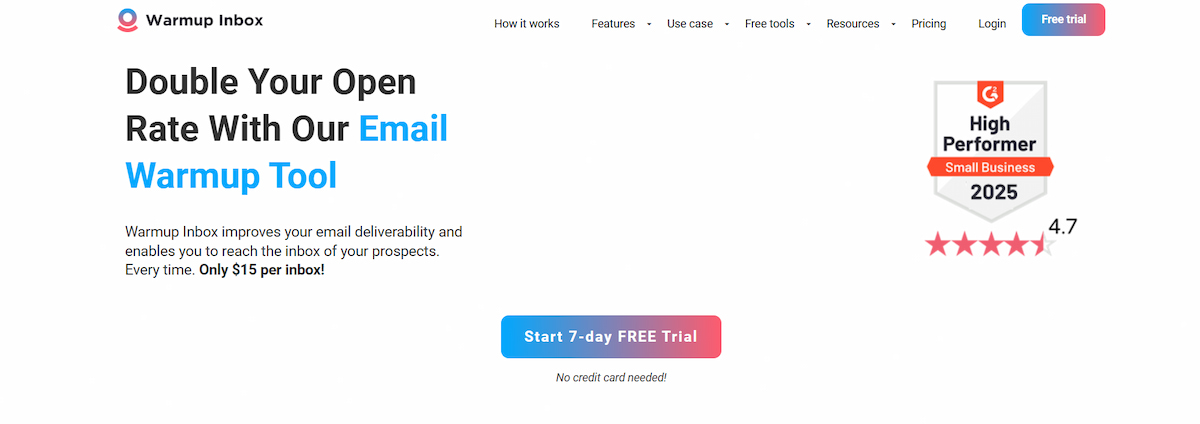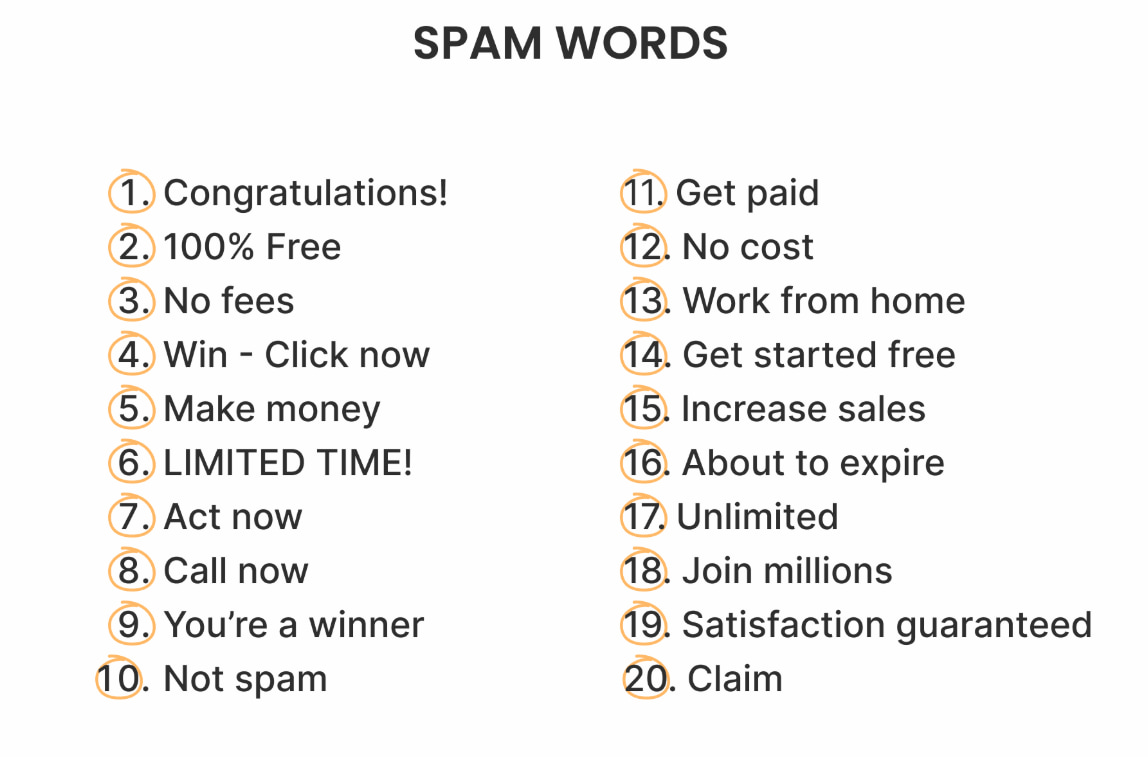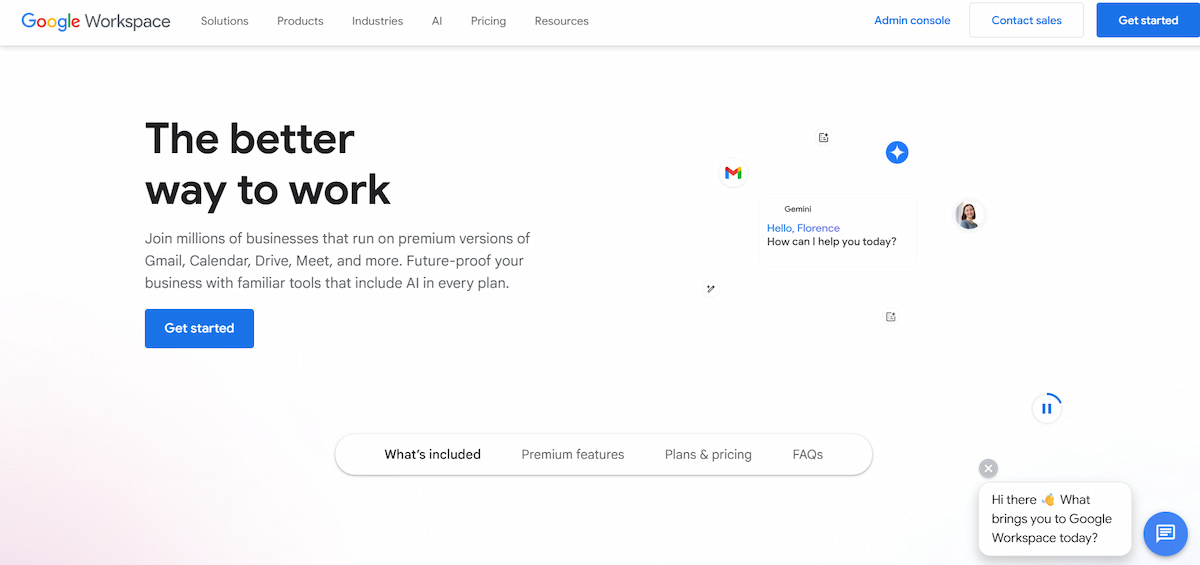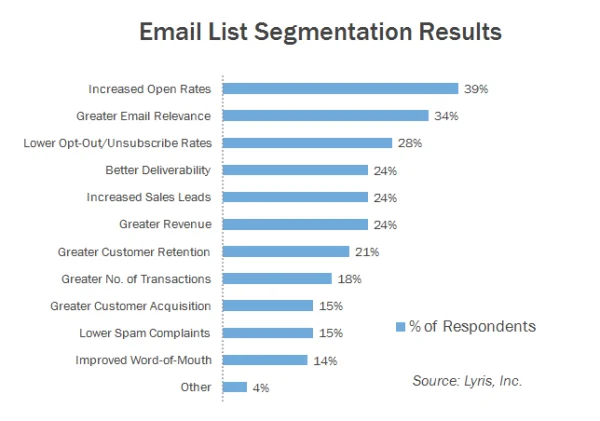Cold email affiliate marketing works when it’s done right. Gmail and Outlook keep tightening their spam filters, making it harder to blast emails without consequences.
Most affiliate marketers face the same struggles: emails land in spam, accounts get suspended, and replies (or sales) barely trickle in.
The following guide will show you how to address these challenges and properly scale your email campaigns. You’ll learn how to compose better emails, create proper accounts, use useful tools, avoid spam filters, and safely send more emails over time. The idea is to assist you in achieving more sales without getting stuck.
For more ways to boost results beyond email, check out our article on 10 SEO lead generation tactics to improve sales, which outlines additional strategies to attract qualified prospects and drive revenue growth.
Table of Contents
What’s the Difference Between Cold Email and Spam?
Before blasting out your next cold email campaign, you’ve got to understand one thing: there’s a huge gap between effective outreach and straight-up spam. A lot of affiliate marketers mess this up-and it kills their email deliverability, wrecks their reputation, and can even sink their business. Don’t be one of them.
Cold Email
A proper cold email isn’t just some random message blasted to thousands. It’s a thoughtful note sent to someone who would actually care about what you’re offering. The key? Making it feel personal, even if you’ve never met.
Good cold emails have three things going for them:
- They actually matter to the person receiving them (you’ve done your homework);
- They’re upfront about who you are and why you’re emailing;
- They follow the rules – yes, there are actual laws about this stuff.
The difference between cold email and spam comes down to quality over quantity. It’s about finding the right people and sending something useful, not just carpet-bombing inboxes. When done right, cold emails work – people respond, deals happen, and businesses grow. When done wrong? You just become another spammer nobody reads.
| Pro tip: If you wouldn’t want to receive the email yourself, don’t send it. That’s the simplest spam filter there is. |
Spam
Spam is the opposite of cold emailing. It’s untargeted, impersonal, and often deceptive.
What makes an email spam?
- No personalization – Generic messages like “Dear Sir/Madam” or “Hello Friend”
- Misleading subject lines – Clickbait or dishonest claims to trick people into opening
- Blasted to unqualified lists – Sending to people who never opted in or have zero interest
- No unsubscribe option – Making it difficult or impossible to opt out
This isn’t just annoying – in most places, it’s actually against the law. Get caught sending spam, and you could face serious consequences.
Why you should care:
- Your email reputation gets destroyed (like getting blacklisted);
- Your messages stop reaching anyone’s inbox;
- You could get slapped with massive fines;
- Your business could take a permanent hit.
The bottom line? Proper cold emails that follow the rules work. Spam doesn’t. Keep it clean, or risk getting shut down completely.
Structuring Cold Emails That Convert in Affiliate Marketing
Your cold email should:
- Be short (50-150 words max);
- Focus on the prospect’s pain point;
- Include a clear CTA.
Example Cold Email Template
Subject: Quick question about [specific challenge they might face]
Hi [First Name],
I noticed [specific detail about their company or work]. Many [their industry] teams deal with [clear pain point], and we’ve helped others achieve [specific result].
Would you be open to a brief call or a useful resource?
Best,
[Your Name]
Why this works:
- Personalized (not generic);
- Focuses on their needs;
- Soft CTA (not pushy).
Warming Up Email Accounts for Better Deliverability
New email accounts aren’t built to handle heavy sending right off the bat. If you immediately start blasting out dozens of emails, providers like Gmail will red-flag your account as suspicious.
Email services monitor how accounts are used. When they spot a brand-new account suddenly sending hundreds of emails with no prior activity, their systems assume it’s a spam operation. That’s why you need to slowly ramp up your sending volume over time.
So here’s what actually works: Take 2-4 weeks to gradually build up your sending. Start small – we’re talking just a handful of emails per day. Then slowly increase that number. This “warm-up” period shows providers you’re running a real email account, not some spam operation. It’s the difference between looking like a legitimate sender versus getting instantly flagged.
For the first week, limit emails to 5-10 per day. Keep them natural-like real conversations, not automated blasts. Key steps include:
- Maintaining two-way email conversations by responding to replies;
- Organizing messages by marking important communications and utilizing folder structures;
- Gradually increasing sending volume while monitoring engagement metrics.
To make this process easier, tools like Spike help you manage your inbox with AI-powered efficiency, ensuring messages stay organized and natural while improving deliverability.
This approach establishes patterns consistent with legitimate individual use rather than mass email distribution.
Several specialized tools help in the warm-up phase while preserving natural interaction patterns. Platforms like Mailwarm and Warmbox imitate authentic email conversations, gradually developing sender reputation without requiring manual work for each message.
Using a custom domain (e.g., [email protected]) rather than free email providers has several advantages:
- Enhanced credibility with recipients and email providers;
- Greater control over sender reputation management;
- Higher daily sending limits compared to free email accounts.
How Can You Avoid Spam Filters?
Email providers have gotten really good at spotting spam. Their systems analyze dozens of factors to decide whether your message lands in the inbox or gets dumped in spam. Here’s how to stay on their good side.
Key Principles for Inbox Placement
Write like a human, not a brochure. Keep it to a few sentences – think how you’d text a coworker. No one reads novels in their inbox.
Use a real person’s name as your sender (“Sarah Johnson,” not “Sales Team”). People open emails from people, not departments. And always include that unsubscribe link – it keeps you legal and actually improves your deliverability.
Most importantly: Don’t be that guy who goes from sending 50 to 500 emails overnight. Email providers hate sudden spikes. Increase your volume gradually over weeks, not days. Their algorithms watch for this stuff.
Common Spam Triggers to Avoid
Specific phrases and terminology frequently activate spam filters. Overly promotional language (“Make money fast!”, “Guaranteed results!”) and certain common words (“Free”) can negatively impact deliverability when used excessively.
Email infrastructure choices affect deliverability. Free email domains (Gmail, Yahoo) typically have stricter sending limits and lower credibility thresholds compared to custom domains. Proper account warm-up procedures are essential when using any email service.
Attachments and hyperlinks require careful consideration. While sometimes necessary, excessive use of either feature may trigger spam filters. When including these elements, balance them with sufficient natural text content.
Best Cold Email Affiliate Marketing Tools
The right tools make cold email affiliate marketing campaigns more effective and scalable:
- Instantly.ai: Bulk sending with automation;
- Lemlist: Personalized outreach at scale;
- SmartLead: AI-driven send time optimization;
- Mailchimp: Automated follow-up sequences;
- Hunter.io: Email finding and verification.
| Tip: Rotate domains and accounts to avoid spam filters and maintain deliverability. |
How Can You Scale Without Getting Flagged?
When expanding your cold email outreach, it is important to scale strategically rather than aggressively. Here’s how to expand your operations while keeping good delivery capabilities:
Strategy 1: Use Multiple Domains & ESPs
The smart way to scale cold emails is by not putting all your eggs in one basket. Don’t just use one domain – set up a few different ones (like domain1.com, domain2.com). This way, if one domain has deliverability issues, your whole operation doesn’t crash.
Using different email services helps too. Google Workspace works well with other tools, Outlook delivers reliably for certain businesses, and Zoho makes a good backup option. By mixing them up, you avoid looking suspicious to any single provider.
The bottom line: More domains + more email services = less risk of getting flagged. It’s simple math that keeps your campaigns running smoothly.
Strategy 2: Gradual Email Volume Increase
Here’s the truth: you can’t just go from 0 to 100 emails a day overnight. Email providers will red-flag you faster than you can say “spam folder.”
Here’s how to do it right:
Week 1: Start slow – 10 emails max per day. This is your “getting to know you” phase with email providers.
Week 2: Increase it to $20 per day if everything appears to be in order (nice openings, no complaints about spam). Pay careful attention to your metrics.
Week 3: Still getting solid engagement? Push it to 50/day. But if your open rates tank, pull back immediately.
After 30 days: Now you’ve earned your stripes. 100+ emails/day becomes realistic because you’ve proven you’re not a spammer.
Why does this work? It makes your email activity look like a natural, growing business – not some sketchy spam operation. Email providers reward this kind of behavior with better deliverability.
| Pro tip: Always let your metrics guide you. If engagement drops at any point, scale back and fix your approach before pushing forward. |
Strategy 3: List Segmentation
Generic blasts get ignored. Smart emails get results. The difference? Knowing who actually cares about what you’re saying. Common audience segmentation factors include:
- Industry or business type;
- Specific challenges or needs;
- Past interaction with previous emails;
- Demographic information like company size or job role.
Let’s be real: A Successful cold email isn’t complicated. It’s about sending the perfect message to the perfect person-no magic tricks, just good targeting.
The secret? Only email people who give a damn about what you’re saying. Do that, and the rest is easy.
Measuring Success & Optimizing Campaigns
Wondering if your cold emails are making an impact? Focus on these three key metrics:
- Open rates (aim for 30-50%): This tells you whether your subject lines are grabbing attention and if recipients recognize your name;
- Reply rates (shoot for 5-20%): Shows if your message is compelling enough to get a response;
- Spam complaints (keep below 0.1%): The most critical one-too many complaints can wreck your entire campaign.
Want better email results? Test, tweak, and track.
Try different subject lines to see what grabs attention. Play with email length-some people prefer quick reads, while others want the full story. Mix up how you phrase your call-to-action and where you place it.
Here’s the trick: only change one thing at a time. That way, you know exactly what moved the needle. Write down what works so you can repeat it.
Don’t get hung up on ‘perfect’ stats-every industry’s different. Just focus on:
- Knowing your baseline;
- Making small, smart tweaks;
- Doubling down on what works.
There’s no magic bullet. Better emails come from steady improvements, not hacks. Let the data guide you, and the results will follow.
Conclusion
Cold email affiliate marketing isn’t dead-it just takes strategy. Personalize every message and warm up your accounts before hitting send at scale. Skip the spammy stuff: no hype, fake promises, or sketchy subject lines.
Spread your risk with multiple domains to keep emails landing in inboxes. Take it slow-track your numbers, test constantly, and let results decide when to grow. This isn’t about blasting thousands of emails overnight. Real success comes from smart, steady effort.
FAQs
Q: How many cold emails should I send each day?
A: Start with 10–20 per day. As your domain warms up, you can gradually scale to 100–200-just keep an eye on deliverability.
Q: Is cold emailing legal for affiliate marketing?
A: Yes, but follow CAN-SPAM rules: include an unsubscribe link, use a real sender name/address, and avoid misleading claims.
Q: What subject lines actually get opened?
A: Keep them short and intriguing. Examples:
“Quick question about [their niche]?”
“One way to fix [their problem]?”
Q: Where do I find email addresses?
A: Tools like Hunter.io or Apollo.io work well. LinkedIn is also great for scraping leads-just don’t spam.



